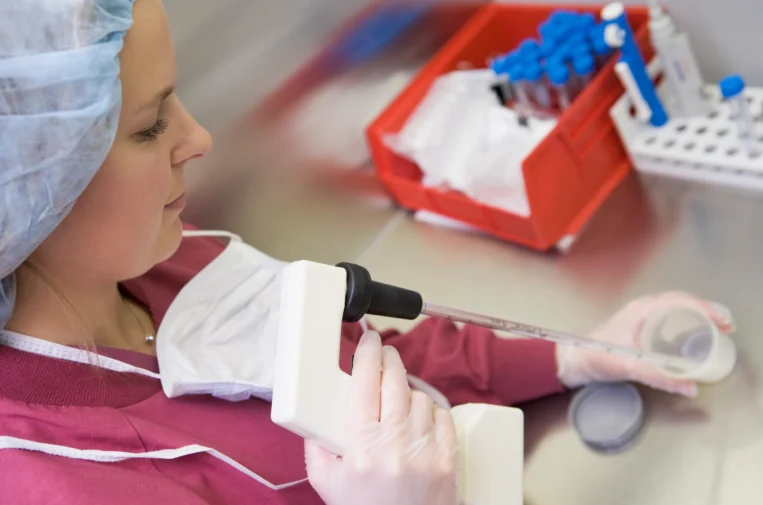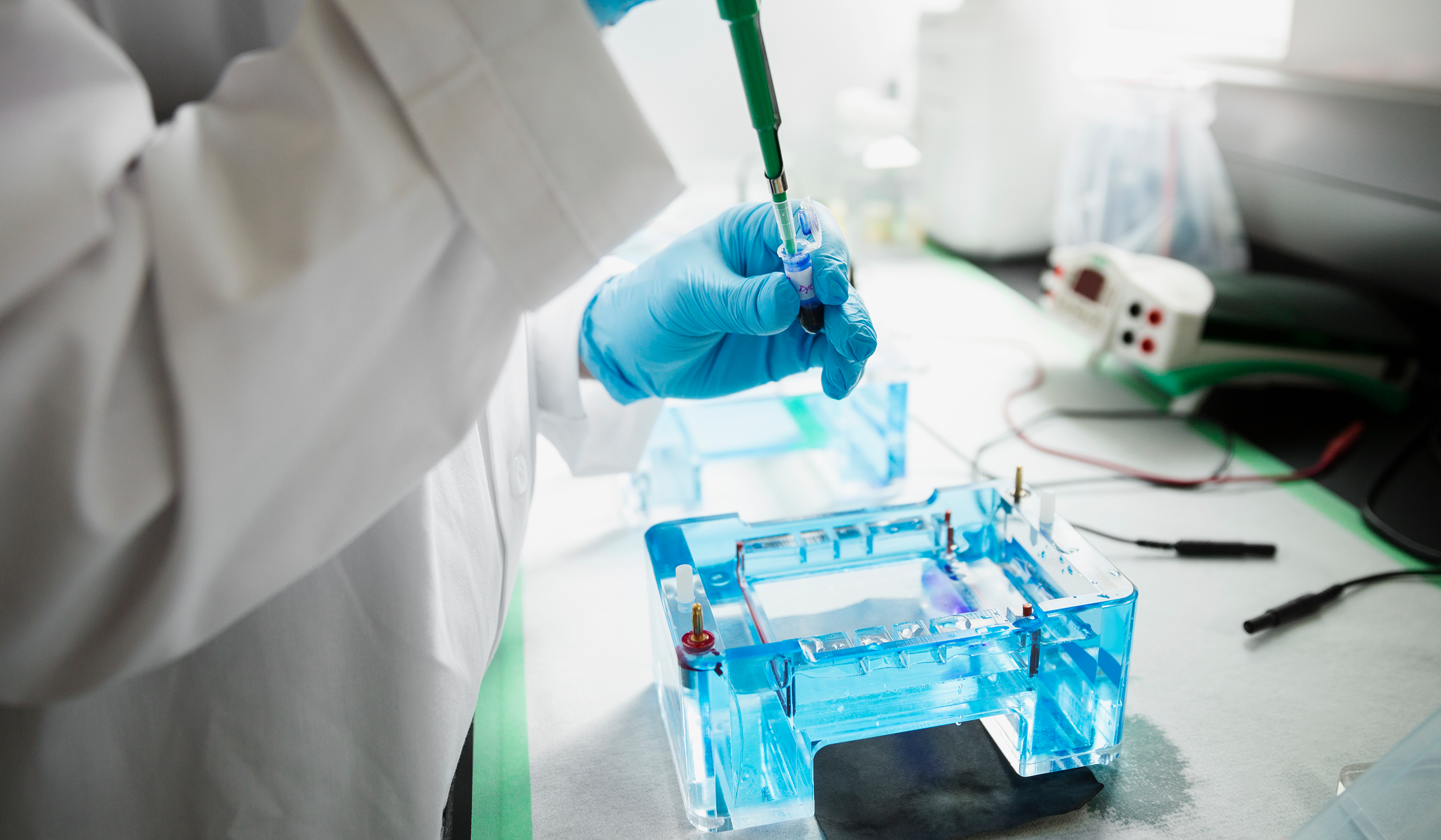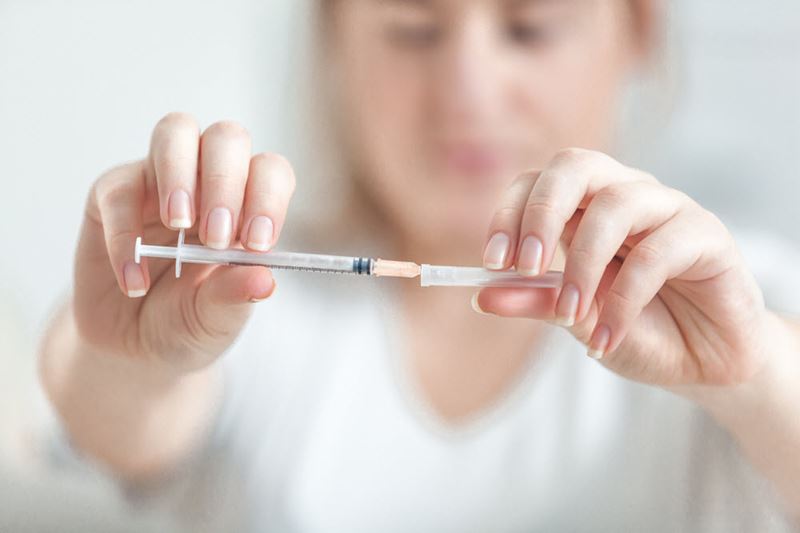Instructions given to patients following embryo transfer have changed many times over the years.
Patients were hospitalized for a week with bedpan privileges only when IVF was first introduced. This was supposed to give the embryos a chance to implant so they wouldn’t fall out.
Some programs did embryo transfers in the knee-chest position for patients with anteverted uteri. Too many IVF programs, including some of the most prestigious ones, believed that the uterus is a cup and when you turn it upside down, the contents (embryos) fall out due to gravity.
What to know about activity after an embryo transfer
In truth, the uterine cavity is like a Jell-O mold, and the embryos are like mini-marshmallows. No matter how you spin the container, the marshmallows don’t budge. The uterus is that container. Otherwise, we wouldn’t let patients get up to empty their bladders as soon as the transfer is done.
It took a study some years ago to show that there was no difference in pregnancy rates between patients who had absolutely no restrictions on activity post transfer, compared to those who were told to be on bed rest for 2-3 days afterwards.
However, many patients are not comfortable with the idea of normal activity and put themselves at restriction because of the prior customs. For those women we suggest they follow a “couch potato” prescription, while clarifying the fact that activity level will neither help nor hinder embryo implantation.
What to avoid, and why
Heat is one restriction that does seem to be valid. Bathing, especially hot baths, as well as saunas, hot yoga, heating pads, or anything that may raise the local temperature should be avoided. Studies from Scandinavia show increases in neural tube defects in fetuses of pregnant women who use saunas.
Staying away from intense exercise post-retrieval makes sense due to ovarian condition. Ovaries full of corpus luteum cysts are prone to torsion or rupture with high impact activity. Common sense dictates that low impact, mild exercise (slow walking, treadmill) is permitted, as long as the patient has no resulting discomfort, recognizes it is not harmful, and will not second-guess herself if she does not conceive.
Recent data suggests that bed rest during pregnancy is useless. Furthermore, it may cause an increased risk of thrombotic episodes. Given the high hormonal state in an IVF cycle (although less so for frozen transfer cycles), the same concerns should hold true.
The bottom line
Virtually nothing the patient does post transfer will influence the outcome of the cycle. However, taking a middle ground between bed rest and vigorous exercise to relieve worry and stress is warranted.







